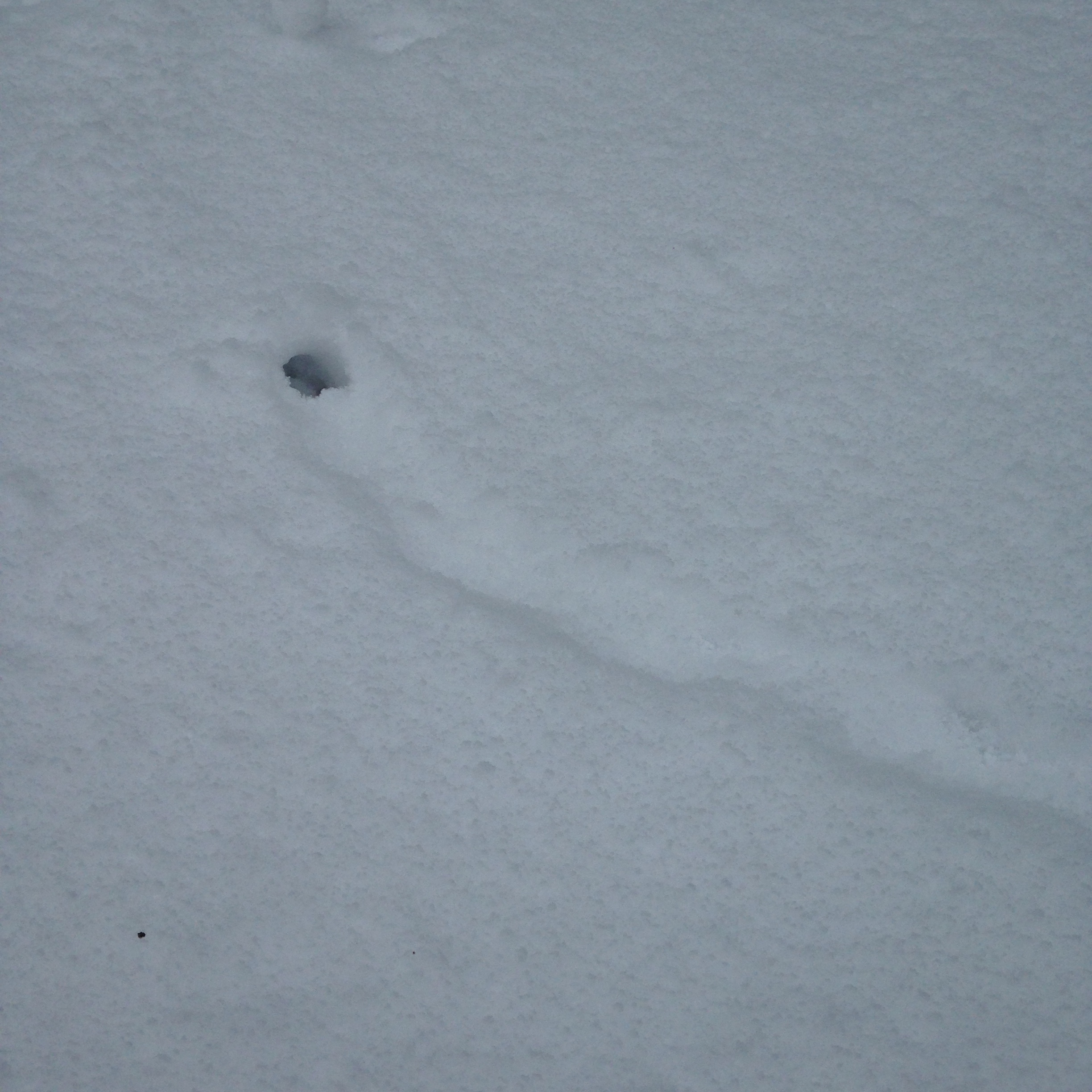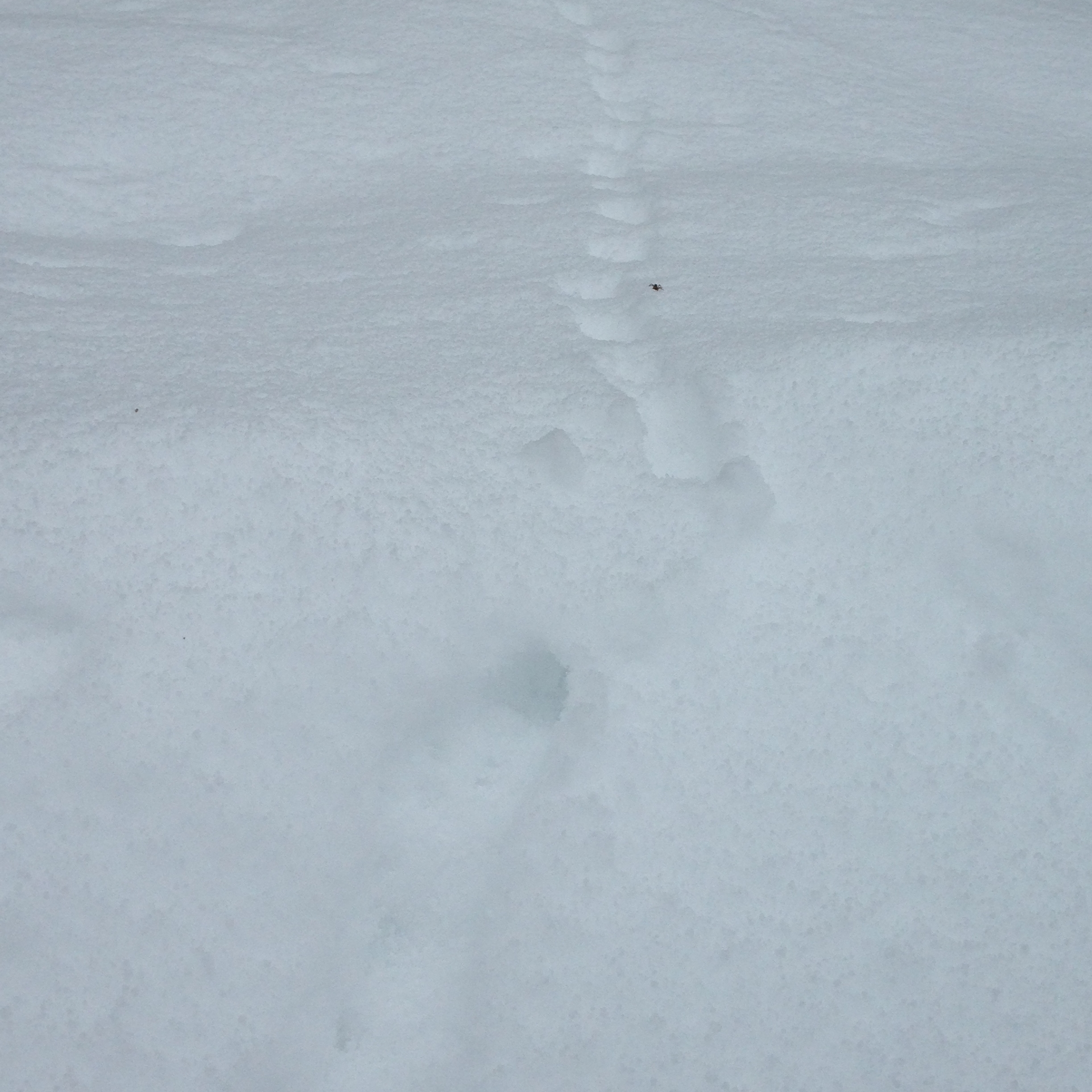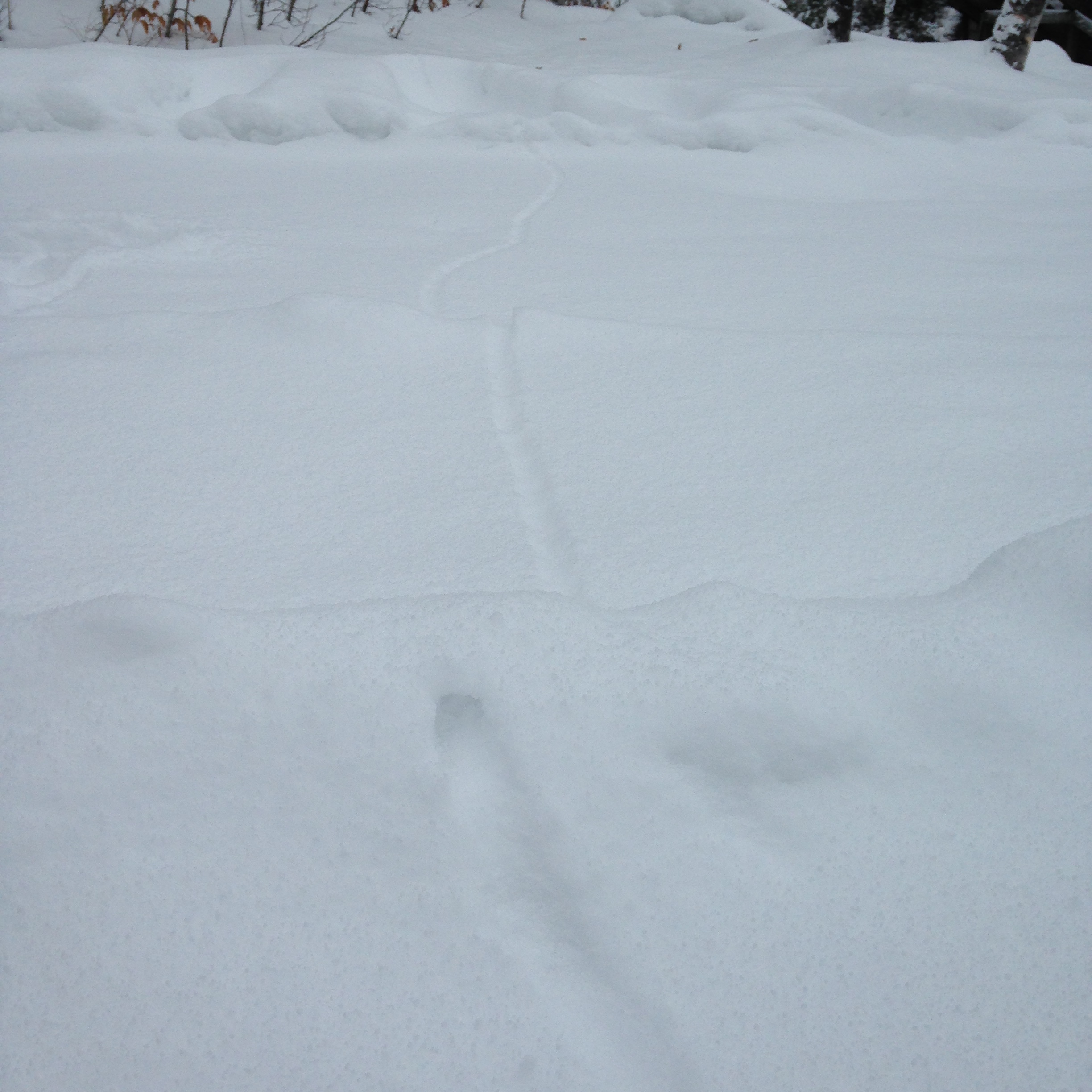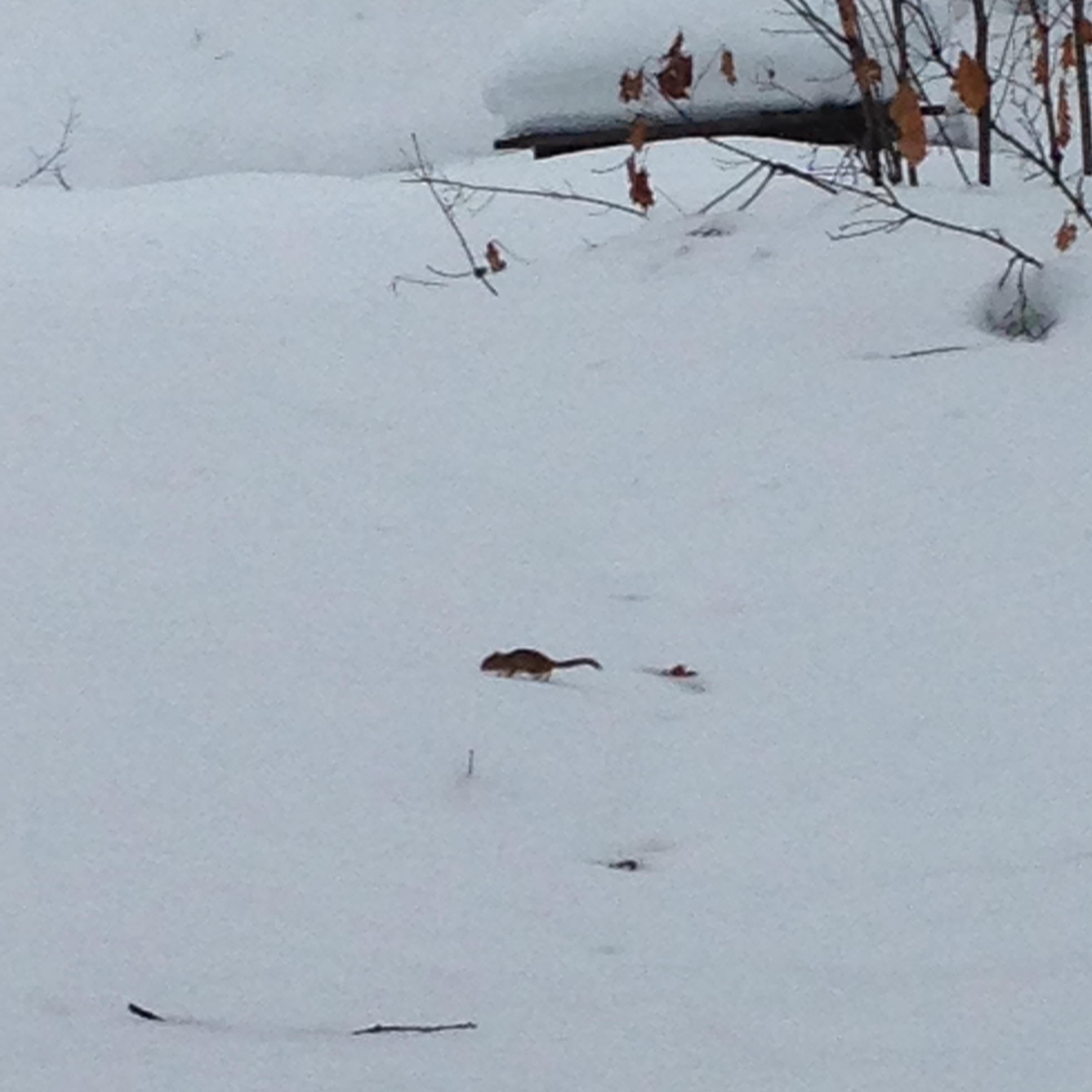#BeaconNatureWatch: Snow Survival
Alyssa LaRocque
I am perpetually cold in wintertime. It's not that I don't like winter; it just seems like my core body temperature has never come to terms with Canadian winters. Thanks to warm drinks, slippers, baggy hoodies and fleece blankets, I make it through the winter year after year without freezing solid.
But as I peer out the window in the narrow line of vision between my sweater's hood and the blanket I have pulled up over my face, I see a red squirrel nimbly jump from branch to branch, and I can't help marvel at how the little guy braves the cold! And it's not just the squirrels. There are a number of little warm-blooded Muskoka animals that are active during part or all of the winter, such as chipmunks, mice, shrews, moles and voles.
So how do these small creatures stay warm and survive in a big, cold world?
Answer: the subnivean zone! This is an insulated layer created beneath accumulated snow where the temperature is moderated and animals can create pathways to food sources and air vents for burrows. It essentially does what the PATH does for downtown Torontonians: it allows them to go about their daily routines with limited exposure to the elements!
We may not be able to see this hidden network, but we can find its exits! Keep your eyes open on a winter walk; if you see a trail of teeny tracks, following them may lead you to a neat little hole in the ground where the brave adventurer departed from its subnivean sanctuary.
To find out more about the subnivean layer, check out this website!



